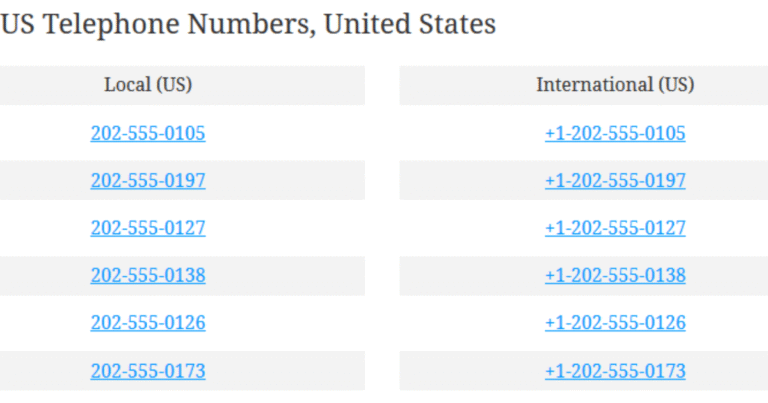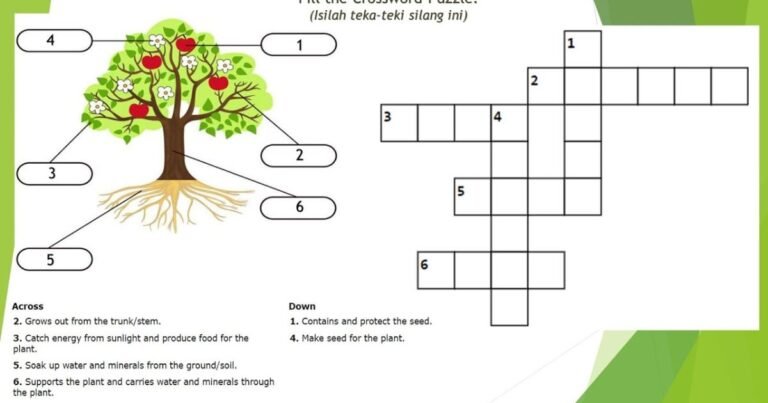
Expanding one topic into multiple engaging stories.
When you have a great topic, it’s easy to feel stuck on how to stretch it into more than one story. But the truth is, every topic holds multiple angles, emotions, and lessons that can be shaped into distinct,and your topics into multiple engaging stories. As a psychologist, I understand how storytelling connects deeply to human experience; it’s about perspective, emotion, and meaning.
If you want to truly unlock the potential of your topics in multiple stories, you need to start thinking beyond the surface. What problems does your topic solve? What different audiences might care about it? What emotions does it evoke?
Why Do Multiple Stories Matter in Content Creation?
Creating multiple stories from one topic allows you to reach a wider audience. People process information differently, some prefer facts, others resonate with personal anecdotes or case studies. When you diversify your storytelling, you tap into these varied preferences.
You also improve your content’s depth, showing expertise and trustworthiness. This aligns with Google’s EEAT (Expertise, Authoritativeness, Trustworthiness) update. When your content offers full support around your topic and links to credible sources, it ranks better and wins user trust.
How to Break Down Your Topic into Story Ideas?
Start by asking key questions:
- What problem does this topic address?
- Who experiences this problem?
- How do different people react to it?
- What are the common misconceptions?
- Can I share a personal story or case study?
Each answer is a potential story. For example, if your topic is “stress management,” one story might focus on workplace stress, another on stress and sleep, and a third on stress relief through exercise.
By using broad match keywords like content diversification, storytelling techniques, creative writing strategies, and engaging narratives, you make your content easier to find and more valuable.
Techniques to Keep Your Stories Engaging
Focus on clarity and simplicity. Avoid jargon and explain ideas like you’re talking to a friend. Use vivid descriptions and real-life examples to make your stories relatable.
Mix formats write how-to guides, interviews, success stories, or challenges related to your topic. This variety keeps readers interested and encourages them to explore more.
Remember, emotional connection is key. People remember stories that make them feel something empathy, hope, surprise, or motivation.
Build Trust with Internal and External Links
Linking to reputable sources enhances your authority. For example, on this topic, you can refer readers to trusted platforms like One Parish for further reading on communication and storytelling.
Internal linking helps keep users on your site longer and improves SEO. Link to related posts or resources you’ve created around storytelling or content strategies.
Conclusion
Don’t limit your content to one angle. Use these methods to uncover multiple stories within your topics. This approach not only boosts your content reach but builds trust with your audience by offering rich, valuable insights. Focus on clear, human-centered storytelling to connect, inform, and inspire.
Frequently Asked Questions
How do I find multiple story ideas from a single topic?
Break down the topic by asking who it affects, what problems it solves, and what different perspectives exist.
Why is storytelling important for content creators?
Storytelling connects emotionally, improves engagement, and builds trust, making your content memorable.
How can I improve trustworthiness in my content?
Use credible sources, internal linking, clear explanations, and demonstrate expertise throughout your writing.
What are broad match keywords and how do I use them?
Broad match keywords are related terms that expand your content’s reach; include them naturally to improve SEO.






